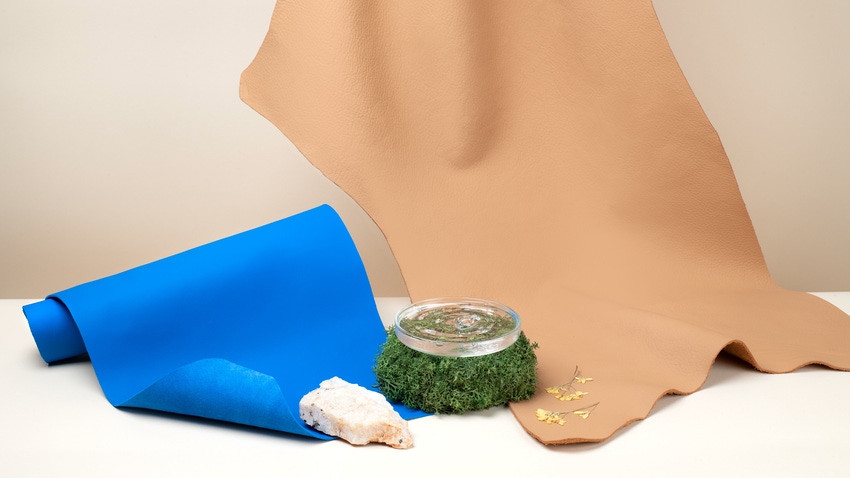Bridge of Weir Leather Looks to Reduce Its Environmental Impact
Two new leather tanning processes slash the use of chrome, heavy metals, and aldehydes in the company’s signature leather automotive upholstery products.

At a Glance
- Traditional Scottish leather upholstery supplier
- Clients include Aston Martin, McLaren, Jaguar Land Rover and Polestar
- New processes reduce or eliminate chrome, heavy metals, and aldehydes
While carmakers are increasingly offering leather-free premium upholstery options created using various synthetic and recycled materials, some very high-end vehicles demand the unmatched appearance, feel, and smell of real leather.
For these applications, Scottish leather provider Bridge of Weir Leather is developing low-impact leather materials that are tanned using new techniques that reduce or eliminate the use of chrome, heavy metals, and aldehydes.
The company has developed two leather-tanning processes it calls BioTAN and FreeTAN, to advance its low-carbon, low-impact agenda. BioTAN technology incrementally increases bio-based content from the chrome-free leather process, while FreeTAN removes heavy metals and chrome. This improves the leather’s biodegradability properties without compromising aesthetics or performance.
Bridge of Weir says these techniques, which have been developed over the last four years, produce the lowest carbon leather available for the automotive industry, helping carmakers reduce their carbon impact without relying on dubious offsets.
The source leather is produced with Bridge of Weir’s locally sourced, deforestation-free leather with 100 percent traceability, as certified by the UK Cattle Tracing Scheme, which promises the highest standards of animal welfare and no risk of deforestation.
The tanning process stabilizes the collagen structural protein in the raw hides to create leather. Bridge of Weir says that the BioTAN process incrementally increases the bio-content within the chrome-free leather tanning process to more than 50 percent to achieve a balance between environmental sustainability, performance, and quality
The FreeTAN process offers a full replacement of existing tanning chemistry with compostable technology. It is completely chrome-free, heavy metal-free, and aldehyde-free with promising biodegradability properties.
“For over twenty years, we have invested in pioneering new initiatives which optimize and improve sustainability, quality, and productivity,” said Simon Cook, Group Technical Director at Bridge of Weir Leather. “With our new BioTAN and FreeTAN innovations, we are further raising the bar for environmentally sustainable leather standards, these revolutionary technologies being a vital next step on our journey to increase the bio-based renewable carbon content of our leather, further cementing our key role in supporting car makers’ environmental targets.”
The company recognizes that these achievements are only the beginning of its journey, not the destination, he added. “What’s more, this is only the start. The leather of the future for us is 100 percent bio-based content, completely chrome-free, heavy metal-free, aldehyde-free, and entirely biodegradable,” Cook said. “We are committed to net zero for our operations (Scope 1 and 2) by 2025 – ahead of Scotland’s net-zero ambitions – and delivering zero waste to landfill by the same year, further fortifying our sustainability pledges.”
Carmakers currently using Bridge of Weir Leather products include Aston Martin, McLaren, Jaguar Land Rover, and Polestar. The company was founded by Arthur Muirhead in 1905 and has been a business within the Scottish Leather Group since 1965. It produces its leathers at its facilities in Bridge of Weir, Scotland.
About the Author(s)
You May Also Like





